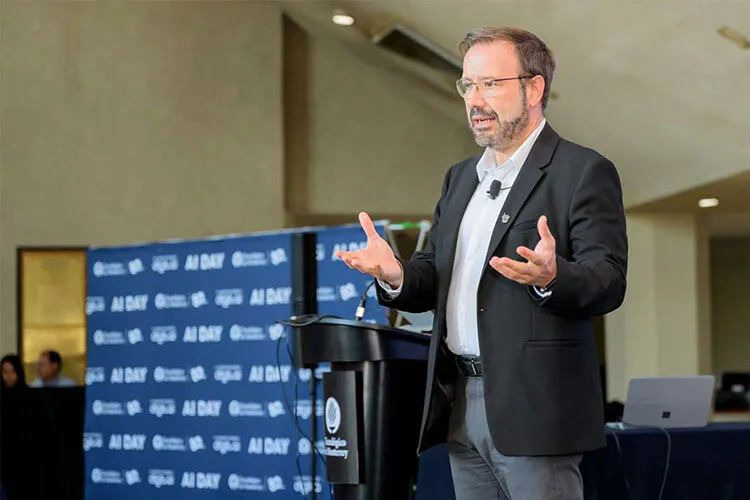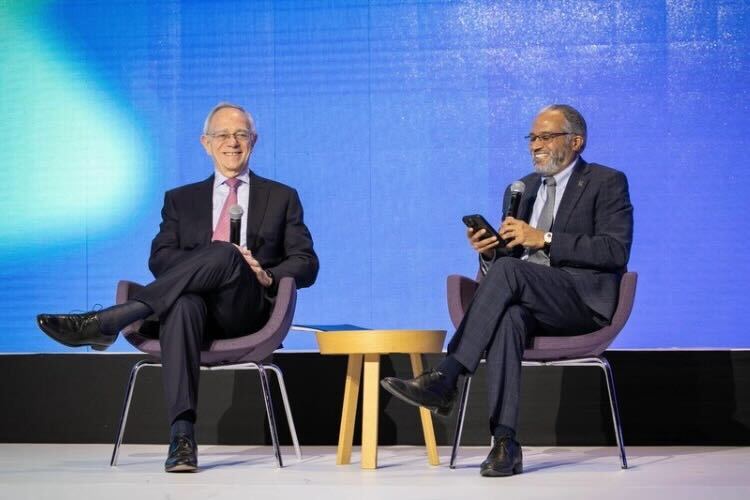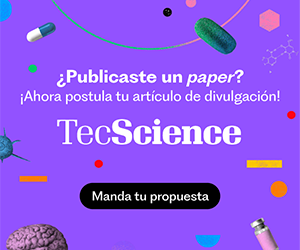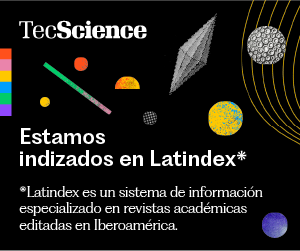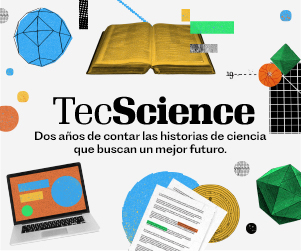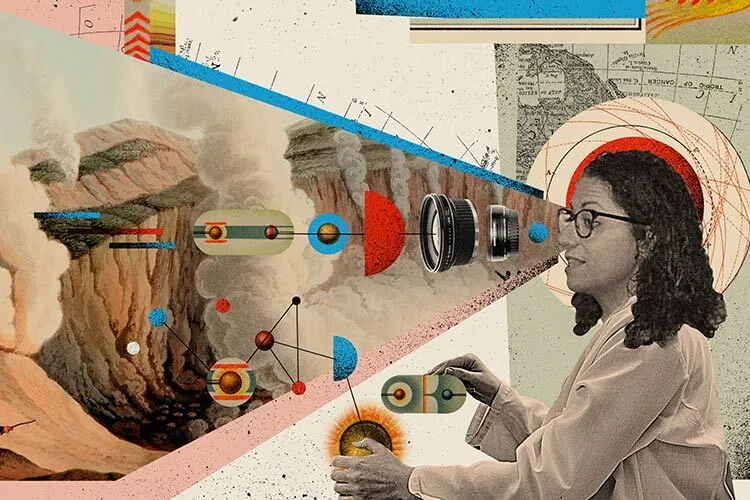In the midst of the boom in Generative Artificial Intelligence, Tec de Monterrey is preparing its own search engine that uses this technology.
It is a tool called TECgpt which will give access to valuable information for teachers and students.
This AI will give access to specific purpose models that can be consumed directly, or through other enablers through communication interfaces (APIs), all under a private and secure environment.
Carles Abarca, vice president of Digital Transformation at Tec, said that just like the first Internet connection in Latin America, TECgpt represents a historic advance for the institution in information technology issues.
“At Tec de Monterrey, due to genetics and the soul of the Institution, we have always been part of cutting-edge projects. We had the first node that was connected to the Internet network in Latin America; we received Steve Jobs to connect the first computers when they were an eccentricity; and, now, we are the first in Mexico and Latin America that have our own model of generative Artificial Intelligence.”
TECgpt, What Is It About?
The tool focuses on four axes: ChatGPT, image processing, ChatTEC, and creating models based on Generative AI. This will allow you to create images and publications for social networks, carry out procedures, and search for information.
Models based on Generative AI, for example, may focus on operational efficiency, the teaching-learning process, and research areas.
Manuel Terán, manager of AI Platforms in the Vice Presidency of Digital Transformation of the Tec, said, when presenting the beta version, that the technology of the Microsoft Azure platform was used, mainly for privacy, since it offers business security advantages; In addition, generative AI models such as GPT 3.5 Turbo, Ada-002 and DALL-E were implemented.
“The information is protected in this ecosystem; we can create components that can be consumed by our own community, that can connect to our institutional databases securely,” he explained.
This tool is part of the Digital Route that is mapped within the Tec de Monterrey 2025 Strategic Plan, which seeks to offer digital experiences to users. (With information from CONECTA)
